| ORIGINS OF SPACE FLIGHT |
| |
 | Astronomy: a prequel to space flight Over many centuries, the idea of space travel took shape with humanity's improving understanding of the Universe. Before any flying machines could attempt to escape the Earth gravity, generations of astronomers were building a realistic stage for space exploration, while their tools served as the earliest space research instruments. New, Dec. 18: Visual history of astronomical tools | |
| EARLIEST EXPERIMENTAL SATELLITES | ||
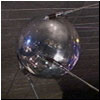 | After millennia of dreams, centuries of scientific research and decades of engineering experimentation, the Space Age has began in 1957 with the launch of the Earth's first artificial satellite. Sputnik: The Soviet satellite project | Sputnik-2: Laika's mission | Sputnik-3: The multi-purpose orbital science lab | |
| MANNED SPACECRAFT | ||
| Hot topics: | The Soviet Union started human conquest of space sending the first piloted spacecraft into orbit in 1961. Since then, several generations of the transport ships and orbital stations have been developed in the country. Much more ambitious projects of giant orbital settlements, lunar bases and expeditions to Mars have been conceived, but could not be implemented due to tremendous cost. Yet, along with the United States, Russia remained one of two nations in the world sending people in space in the 20th century. HISTORICAL PROJECTS The pioneers: Early manned space flight projects, Vostok and Voskhod missions (1946-1966)
Reusable spacecraft (Abstract page)
The Moon Race: The early Soyuz missions, L1, N-1/L3 programs (1967-1974) Mars mission: Russian plans for a manned expedition to the Red Planet (1960s-1990s) First space stations: Salyut-1-7 (1969-1985) The Almaz military space station program: OPS-1; OPS-2; OPS-3; OPS-4; Almaz-205; Almaz-206 LKS: Vladimir Chelomei's alternative to Buran (1974-1983) Spiral orbiter | Spiral's technical description Buran: Energia-Buran reusable spacecraft program (1974-1993) Mir: The first permanent manned outpost in space (1986-2001) Kliper: A study of a reusable orbiter to replace Soyuz (2000-2006) TKS follow-on: Proposals for a follow-on series to the TKS spacecraft by Khrunichev enterprise (2005-2009) FLYING TODAY Russian manned space program strategy in 2010s International Space Station: A multinational effort to build human forepost in the Earth orbit
PLANS FOR THE FUTURE OPSEK: A project of a space station to succeed the ISS PTK NP: A program of development of the next-generation manned spacecraft
Retrievable Progress cargo ship Space Exploration Initiative, SEI: A NASA program for a manned lunar base, which could involve international partners, including Russia
| |
| PLANETARY SPACECRAFT | ||
Hot topics: | INTO DEEP SPACE As soon as rockets learned to fly beyond the atmosphere, the spacecraft designers on both sides of the Atlantic drafted the plans for planetary exploration. The Soviet space probes opened race to the Moon, Venus and Mars. The projects of unmanned missions to Mercury and Jupiter were also under consideration in the former USSR. Russian unmanned planetary exploration program as of 2013 Historical missions: New, Jan. 2: Luna-1 Plans for the future: Luna-Glob (Origin of the project) Luna-Resurs (Origin of the project) Rethinking of Russian lunar plans in 2012 Historical missions: Phobos-Grunt (Fobos-Grunt) main page
Plans for the future: In depth: Unmanned missions beyond Mars and Venus In depth: | |
| MILITARY SPACECRAFT | ||
| Hot topics: | IN THE UNIFORM: Military satellites An invisible army of military satellites was orbiting Earth since the down of the space era. In fact, the absolute majority of satellites the Soviet Union had launched during its existence served military purposes. Ironically, for several decades, the USSR would not even admit the existence of the military space program in the country. As a result, numerous spacecraft have never been seen or heard of until the last decade of the 20th century. As their US counterparts, the Russian satellites served as spies for the government, as space sentries looking for the incoming missiles, provided secret communications and weather forecasting and scanned surface of the oceans in search for potential targets for the Soviet cruise missiles. In depth:
| |
| COMMERCIAL AND APPLICATION SPACECRAFT | ||
| BUSINESS IN SPACE: Application and commercial satellites Although most satellites, the Soviet Union developed during its existence, originated as defense-related systems, many of them were slowly making their way into civilian sectors of the Russian economy. While some spacecraft combined their military and civilian roles, a number of satellites was built specifically for civilian purposes. Remote-sensing satellites
| ||
| SCIENCE AND TECHNOLOGY SPACECRAFT | ||
| SPACELABS: Science satellites A very first satellite the Soviet Union launched in 1957 helped to advance the understanding of the upper atmosphere. Since then, the Russian spacecraft made their contribution in the mankind's understanding of the Universe. The Earth-orbiting satellites studied cosmic radiation, distant objects and physical phenomena in deep space. In depth:
| ||
Pages
- Ramalingam K B Home
- Facebook Profile
- Plus Profile
- AERO Blogspot
- AEROSAPIENS would love it
- ACF - ANTI CORRUPTION FORCE
- AERO BOOKS
- AERO DOCS
- Technical Reports Library
- All US Aircrafts
- All the world Aircrafts - Military
- AERO LECTURES
- mj Blogspot
- World is fragile without LOVE
- Recommended Websites
- Contact me
BOOK OF THE WEEK
Sunday, February 9
SPACE CRAFT
Subscribe to:
Post Comments (Atom)




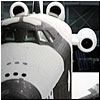
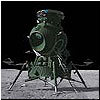
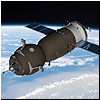
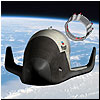
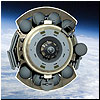
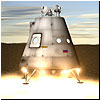
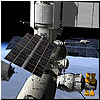
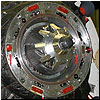
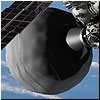
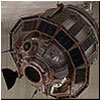
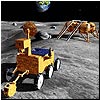
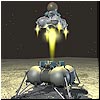
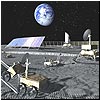
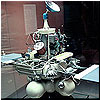
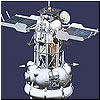
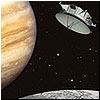
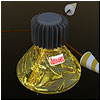
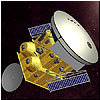
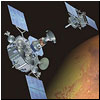
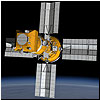
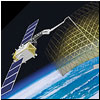
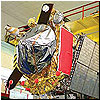
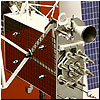
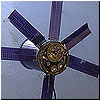
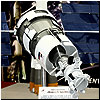
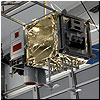
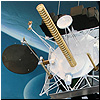
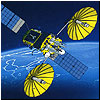
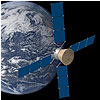

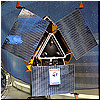
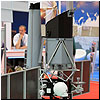
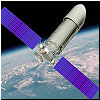
No comments:
Post a Comment